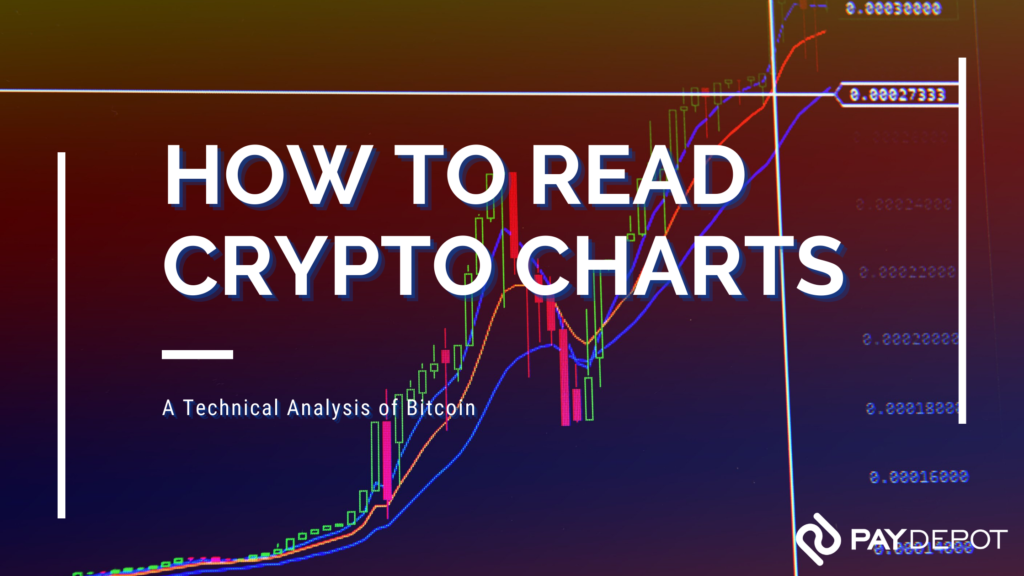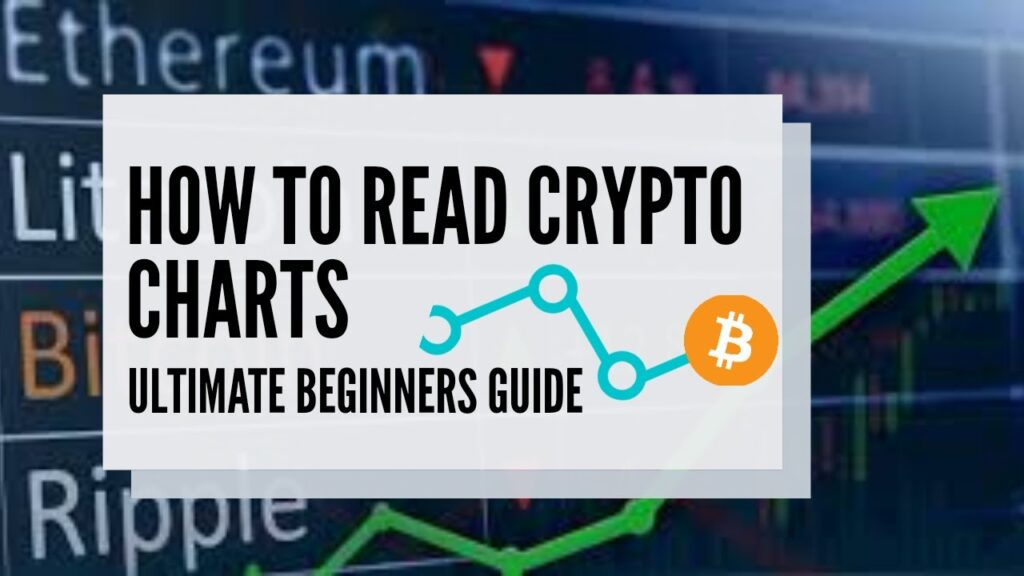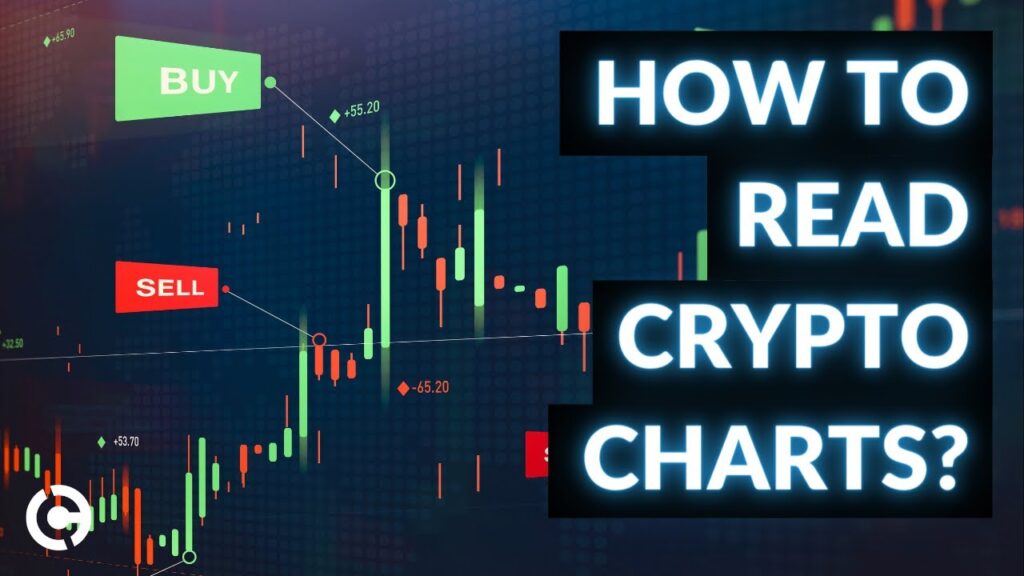
Introduction
Let’s be real—crypto charts can look like a foreign language at first. All those candles, lines, colors, and weird acronyms? Total chaos… until it’s not.
But guess what? Once you learn the basics, these charts become your best friend in crypto trading. Like reading a map before a road trip, learning to read charts helps you navigate the highs and lows of the market like a pro.
So, grab your favorite drink, and let’s dive into the exciting (and surprisingly simple) world of crypto charts—no PhD required.
What Are Crypto Charts?
Crypto charts are visual tools that show the price movement of cryptocurrencies over time. They’re like a live storybook of how people are feeling—fear, greed, hope—all wrapped into colorful shapes and lines.
Why Charts Matter in Crypto Trading
Without charts, you’re basically flying blind. Charts help you:
- Predict potential price movements
- Decide when to buy or sell
- Avoid rookie mistakes
Whether you’re in it for the long haul or swing trading on the daily, knowing how to read charts is non-negotiable.
Types of Crypto Charts
There are a few chart types you’ll bump into on any trading platform. Let’s simplify each one:
Line Charts
The simplest of all. Line charts connect closing prices over time.
✅ Great for beginners
❌ Not detailed enough for serious trading
Bar Charts
These show open, high, low, and close prices (OHLC), but they look like minimalist candlesticks.
✅ Offer more data
❌ Less visual clarity
Candlestick Charts
The crowd favorite. They show everything a bar chart does—but with visual flair.
✅ Easy to read
✅ Packed with data
✅ Perfect for spotting trends
Understanding Candlestick Charts
These are the charts most crypto traders swear by. Why? Because they show price action and trader psychology at a glance.
Anatomy of a Candlestick
Each candlestick shows four key pieces of info:
- Open price
- Close price
- High
- Low
The body of the candle = range between open and close
The wicks (or shadows) = high and low during that time frame
🔴 Red candle = price went down
🟢 Green candle = price went up
What Do Candlesticks Tell Us?

They help you:
- Spot market sentiment
- Catch reversals
- Recognize continuation patterns
Common Candlestick Patterns
- Doji – Market indecision
- Hammer – Potential reversal upward
- Shooting Star – Warning of a downward trend
- Engulfing Patterns – Strong trend reversals
These patterns are like crypto mood swings—once you recognize them, you’re ahead of the curve.
Time Frames Explained
Charts can be viewed in different time frames—and choosing the right one is crucial.
Short-Term vs Long-Term Charts
- 1-minute to 1-hour charts = for day traders
- 4-hour to daily charts = for swing traders
- Weekly+ charts = for long-term investors
Choosing the Right Time Frame
Ask yourself: Are you scalping tiny gains or holding for months? Pick your chart accordingly.
Key Chart Indicators for Beginners
Indicators = tools that give extra context to price action.
Let’s cover the top 3 every beginner should know:
Moving Averages (MA)
Shows average price over time. Helps smooth out noise.
- SMA = Simple Moving Average
- EMA = Exponential Moving Average (more sensitive)
Tip: Use MA to spot trend directions.
Relative Strength Index (RSI)

Measures momentum on a scale of 0–100.
- Over 70 = Overbought (possible sell)
- Under 30 = Oversold (possible buy)
MACD (Moving Average Convergence Divergence)
Sounds complex, but it shows momentum shifts.
- When lines cross = trend change
- Above 0 = bullish; Below 0 = bearish
Support and Resistance Levels
Ever wonder why Bitcoin keeps bouncing at certain prices?
Welcome to support and resistance—the invisible walls of crypto.
How to Identify Support Zones
Support = the floor. It’s where prices tend to stop falling.
Look for:
- Previous lows
- Volume clusters
- Psychological levels ($20k, $30k, etc.)
Spotting Resistance Zones
Resistance = the ceiling. It’s where prices struggle to break through.
Tip: What was once support often becomes resistance—and vice versa.
Volume and Why It Matters
Volume = how much crypto is being traded.
Interpreting Volume Trends
- Rising price + high volume = strong trend
- Rising price + low volume = weak trend
Volume confirms whether price moves are legit or fakeouts.
Volume Spikes and What They Mean
Big spikes = big moves coming. Watch for volume bursts before trend reversals.
Trend Lines and Patterns
Trend lines are your besties. They help you visualize direction.
Ascending and Descending Trends
- Uptrend = higher highs and higher lows
- Downtrend = lower highs and lower lows
Draw lines to connect the dots—literally.
Triangles, Flags, and Head & Shoulders
- Triangles = Consolidation before a breakout
- Flags = Short pauses in a strong trend
- Head & Shoulders = Warning of a reversal
Patterns are like secret signals from the market. Learn to spot them = level up.
Putting It All Together: Reading a Chart Step-by-Step
- Set your time frame
- Spot the trend (up, down, sideways)
- Add indicators (MA, RSI, etc.)
- Identify support/resistance
- Watch volume
- Look for candlestick patterns
- Confirm with a second indicator
- THEN… make a move (if it aligns)
Simple, right? Just like solving a puzzle—each piece adds clarity.
Common Mistakes Beginners Make
- Trading on emotion, not logic
- Ignoring volume
- Overloading with indicators
- FOMO entries during pumps
- No clear entry/exit plan
Learn from these. Mistakes are great teachers—but better if they’re someone else’s.
Tools and Platforms to Use
TradingView
The gold standard. Free and full of tools.
CoinMarketCap
Great for quick overviews and trending tokens.
Other handy apps: Binance, CoinGecko, CryptoPanic.
Practice Makes Perfect
Reading charts is a skill—it takes time, repetition, and patience. Start with demo accounts. Keep a trading journal. Follow seasoned chart watchers on Twitter.
The more you practice, the sharper your instincts get.
Conclusion
Reading crypto charts isn’t rocket science—it’s more like learning a new language. At first, it’s confusing. But stick with it, and soon you’ll be spotting patterns like a market whisperer.
Understanding charts helps you cut through the noise, make smarter decisions, and build long-term success in crypto trading.
So next time you see a messy chart? Don’t panic. Read it like a story—and let it guide your next move.
FAQs
1. What’s the best chart for beginners to start with?
Candlestick charts! They’re visual, intuitive, and show lots of info in a simple form.
2. How often should I check crypto charts?
It depends on your strategy. Day traders may check hourly, long-term holders just once a week.
3. Can I trade just by reading charts?
Technically yes—but it’s best to combine chart reading with fundamental analysis for better results.
4. Do crypto charts work on all coins?
Yes! The same chart patterns and indicators work whether you’re looking at Bitcoin or a brand-new altcoin.
5. What’s the easiest way to learn chart reading fast?
Practice on platforms like TradingView, watch YouTube tutorials, and follow traders who share live chart analysis.